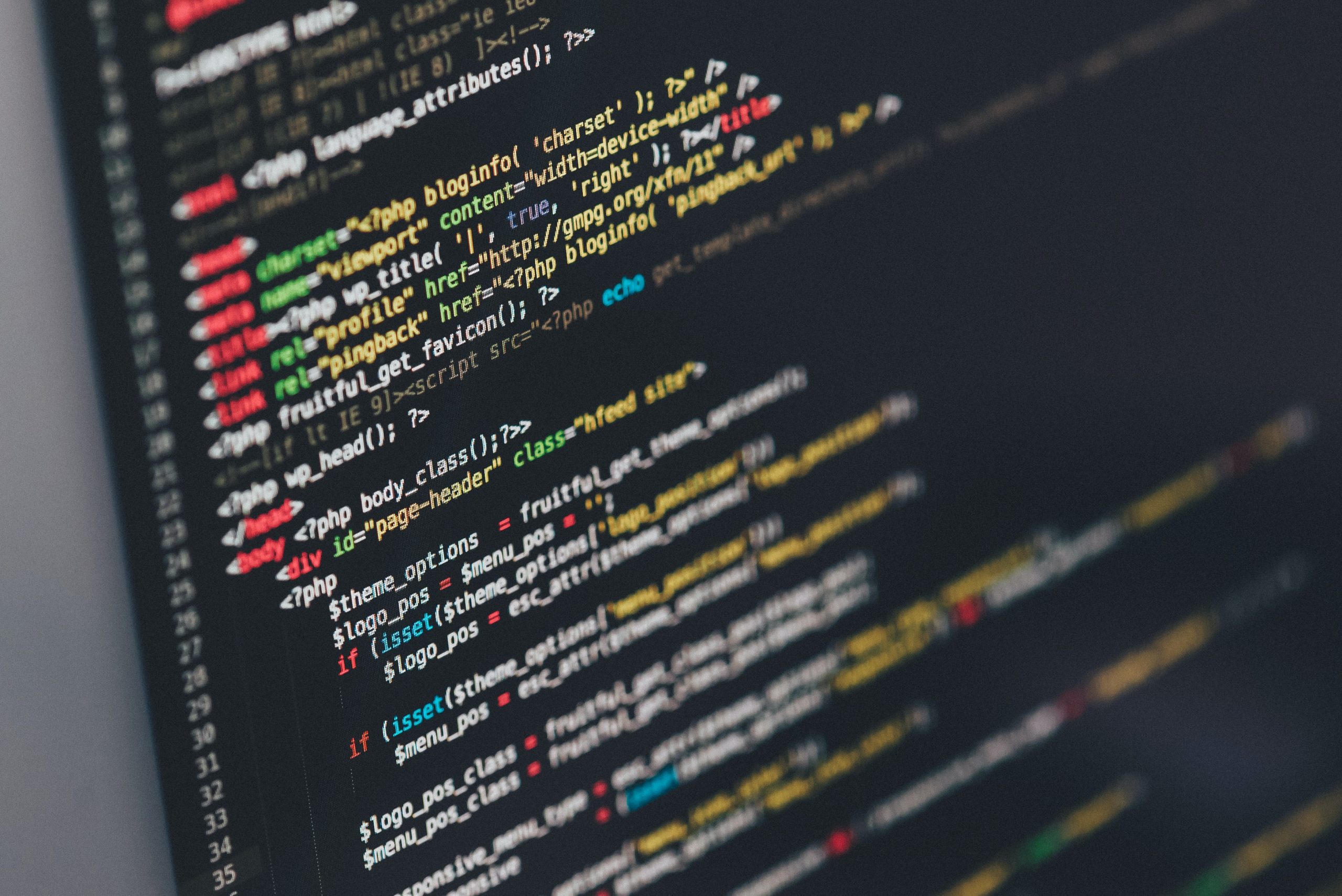Artificial intelligence is undoubtedly one of the most exciting and groundbreaking fields in technology today. From self-driving cars to virtual assistants, AI has already revolutionized numerous industries and transformed the way we live our lives. However, as with any disruptive technology, there are also concerns about its potential risks and pitfalls. In this blog post, we’ll take a closer look at OpenAI – one of the leading organizations working on advancing artificial intelligence – and examine whether their efforts are doomed to fail or if they hold immense promise for shaping the future of our world. Join us as we delve into the fascinating world of AI and explore what lies ahead!
What are the potential pitfalls of artificial intelligence?
There are a number of potential pitfalls associated with artificial intelligence (AI). First, AI systems are often opaque, meaning that it is difficult to understand how they arrive at their decisions. This can lead to unexpected and potentially dangerous outcomes, as was the case with Microsoft’s chatbot Tay, which began spouting racist and sexist tweets after being released into the wild. Second, AI systems can be biased, either due to the data they are trained on or the assumptions made by their designers. For example, a facial recognition system that is trained on mostly white faces is likely to perform poorly when trying to identify non-white faces. Third, AI systems are fragile, meaning that small changes in inputs can produce large changes in outputs. This can be a problem when AI is used for critical tasks such as self-driving cars or medical diagnosis, as even a small error can have disastrous consequences. Finally, AI systems can be hacked or fooled, as was demonstrated by researchers who were able to trick an autonomous car into thinking a stop sign was a yield sign.
These are just some of the potential pitfalls associated with artificial intelligence. As AI becomes more ubiquitous and powerful, it is important to be aware of these dangers and take steps to mitigate them.
Can Open AI avoid these pitfalls?
When it comes to artificial intelligence, there are a number of potential pitfalls that could lead to its failure. However, Open AI is working hard to avoid these pitfalls and ensure that its artificial intelligence technology will be a success.
One of the biggest potential pitfalls for artificial intelligence is bias. This can happen when data used to train the AI is biased in some way, causing the AI to learn and inherit those biases. Open AI is aware of this risk and is working to avoid it by using diverse data sources and building tools to help identify and remove bias.
Another potential pitfall is lack of explainability. If an AI produces results that cannot be explained, it will be difficult to trust and use. Open AI is addressing this by developing methods for better understand how its AI systems make decisions.
A final potential pitfall is safety concerns. As artificial intelligence gets more powerful, there is a risk that it could be used for harmful purposes. Open AI is taking steps to ensure that its technology will be safe and secure, such as building safety into its algorithm design and partnering with responsible companies.
By avoiding these potential pitfalls, Open AI stands a good chance of being successful in its efforts to bring artificial intelligence into the mainstream.
What will be the impact of Open AI on the future of artificial intelligence?
Open AI has the potential to revolutionize the field of artificial intelligence. However, there are several potential pitfalls that could prevent Open AI from achieving its full potential.
One major issue is the lack of transparency in how Open AI operates. This could lead to unforeseen problems, as well as a lack of trust from the general public. Additionally, Open AI is reliant on a small number of individuals, which could lead to problems if they were to leave the company or become unable to continue working on the project.
Another potential pitfall is the fact that Open AI is for-profit. This means that it may be more focused on making money than on developing truly ground-breaking artificial intelligence. Additionally, this business model is not yet proven and may not be sustainable in the long-term.
Finally, there is always the risk that artificial intelligence will simply not live up to its hype. It is possible that Open AI will never achieve its full potential and will eventually be replaced by another organization or technology.
Conclusion
We have seen through this article that Open AI has the potential to revolutionize our society and create a major impact, but there are pitfalls which could prevent it from achieving its goals. The key is for us to remain vigilant in ensuring that these technologies are being developed responsibly with an emphasis on security so as to avoid any catastrophic scenarios where Artificial Intelligence learns too quickly and becomes uncontrollable. By working together collaboratively, we can ensure that Open AI succeeds in creating a bright future for all of us.










